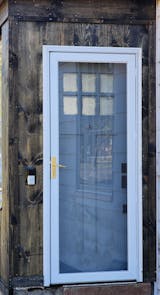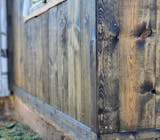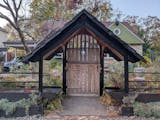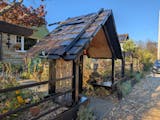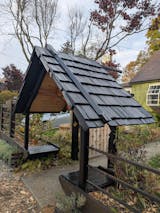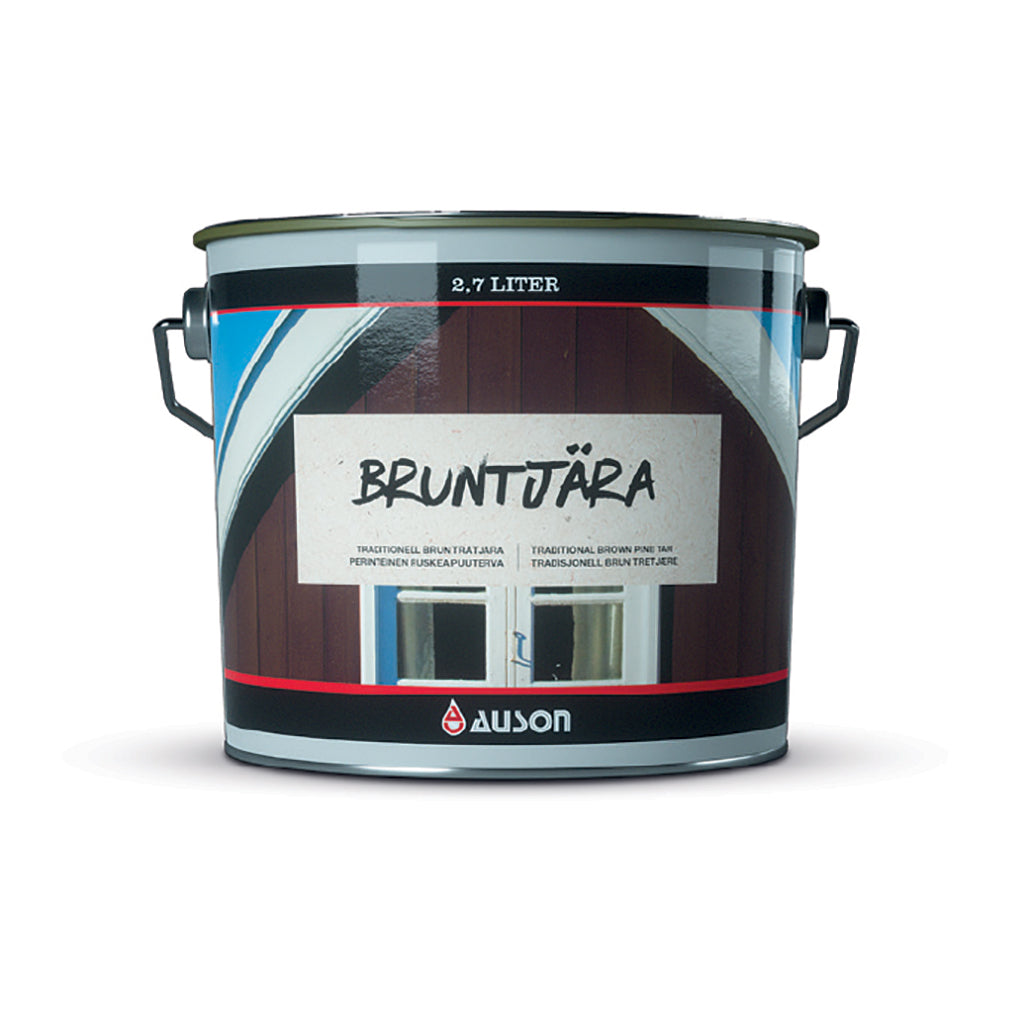
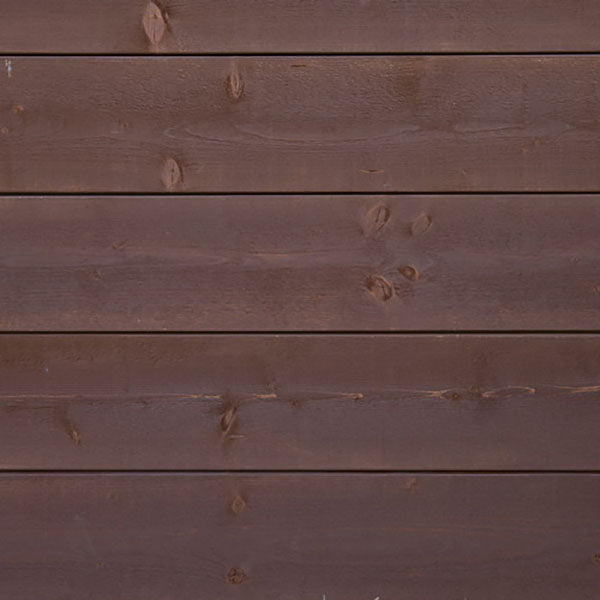
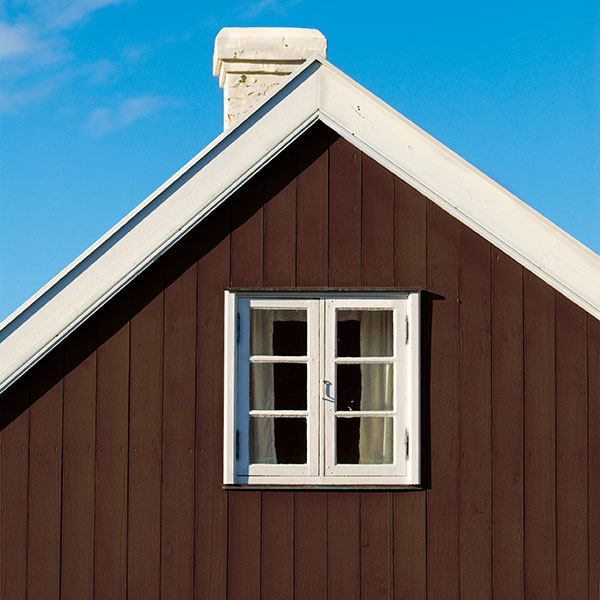
Brown Pine Tar
Description
Brown Pine Tar is made from Genuine Dark Pine Tar with natural brown pigment added. The rich brown colour in paint became more common in the European romantic period during the last century. Now, almost 200 years later, brown façades are becoming more and more popular again. Brown Pine Tar is ideal for wooden buildings, fences, boat houses, and any outdoor surface where a strong brown colour is desired. Additionally, it protects the wood against the elements, including UV rays on surfaces strongly affected by the sun.
Pine Tar has a long documented history of being used to penetrate and protect wooden surfaces outdoors, while still allowing it to breathe. Mix with Purified Linseed Oil to create a natural, brown wood stain, giving better penetration and a surface that finishes matte and less sticky.
Testing
Before diving in, use the Pine Tar Test Kit to help with learning the nuances of the material for staining and protecting surfaces and to ensure you achieve the desired result. Test the colour on your particular surface, and test application methods and strategies for your particular project.
Application
Clean the surface with Linseed Soap and water to remove dust and dirt from the wood with a brush. Rinse well and allow to dry.
Apply Brown Pine Tar to an absorbent surface, such as bare wood or to wood that was formerly treated with Pine Tar, natural oil, such as Purified Linseed Oil, or distemper paints such as Falun Paint. Pine Tar is best applied with a brush, so you can work the material into the wood. It is possible to spray Pine Tar after it has been warmed or diluted.
Pine Tar is a penetrating material that is not meant to build a thick film on the surface, or there is a risk of cracking over time and possibly even bleeding back out of the wood during hot weather.
Pine Tar comes concentrated and can be applied on its own or diluted. There are many old recipes. For most applications on absorbent wood, we like to mix 50/50 with Purified Linseed Oil and apply the mixture warm (approx. 60ºC / 140ºF) and to a warm surface in order to avoid the need for solvents. This helps to promote penetration into the wood for best protection. Adjust the ratio according to your project. See the Auson Technical Data Sheet below for more detail.
The approximate spread rate of this pine tar mixture is 60-100 sqft per litre, depending on the mixing ratio, density, smoothness, and overall condition of the substrate. It is also important to consider the environmental conditions. See the Auson Technical Data Sheet below for more detail.
Minimum operating temperature: 10 - 15ºC on the surface and in the air. Beware of invisible condensation on surfaces below 15ºC.
Always stir well before painting, since the pigment will settle near the bottom of the can during storage. Stir regularly while painting, too. This will help to ensure the pigment is evenly distributed in the can and help to ensure an even colour on the facade.
Drying can take from several days to several weeks depending on the weather and other environmental conditions as well as on the condition of the surface and its porosity.
Notes
Brown Pine Tar is a product from nature, where the appearance may vary slightly from batch to batch. For larger quantities, it can be a good idea to mix several cans together for better uniformity.
Raw Linseed Oil is a deep penetrating oil that is slow to dry. It must be well absorbed by the timber and is well suited to most projects, including wooden facades and roofs.
Boiled Linseed Oil is a drying oil that can become hard and form a film on the surface after several coats and is well suited to projects where a faster drying time and harder finish is desired, such as walked-on surfaces.
Documents



